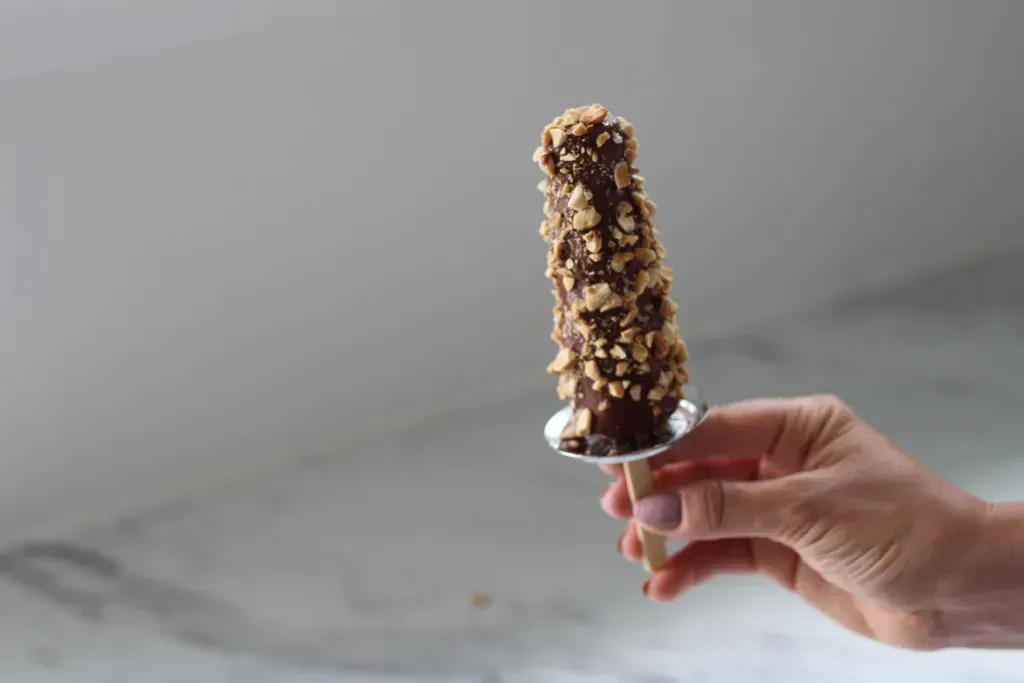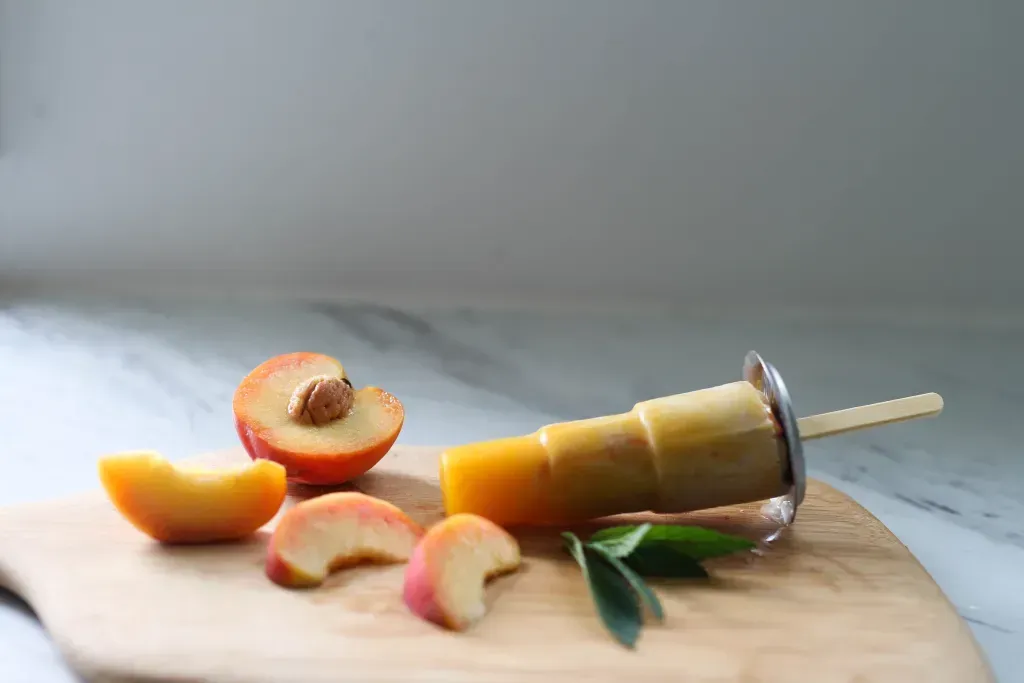DIY Vegan Popsicles: Three Wholesome and Flavor-Packed Recipes
DIY Vegan Popsicles: Three Wholesome and Flavor-Packed Recipes
WATERMELON LEMONADE POPSICLE
This popsicle is a perfect burst of sweet and sour to excite your taste buds and give your body a boost of electrolytes this summer!
Ingredients:
- 2 cups fresh seedless watermelon
- 2 cups Black River classic lemonade
Blend lemonade and watermelon until smooth. Pour into 6 popsicle moulds and allow to freeze till solid.

VEGAN FUDGSICLE
This creamy, chocolatey, rich vegan fugsicle will leave you craving more. Add a layer of silky chocolate drizzle to coat the frozen popsicle and roll in a bed of crushed peanuts and a sprinkle of salt for an added touch.
Ingredients:
- 1 can coconut milk
- 1/4 cup maple syrup
- 1 ripe large banana or 2 small bananas
- 1/2 cup cocoa powder
- 1/4 cup coconut oil
Optional chocolate drizzle topping:
- 1/4 cup coconut oil
- 1/4 cup cocoa powder
- 2-3 tbsp maple syrup
- 1-2 tbsp water to thin it needed
Mix ingredients together in a blender until creamy. Pour into 6 popsicle moulds and transfer to the freezer to solidify.
Melt coconut oil (unless it’s already melted in the summer heat) and mix the rest of the drizzle ingredients together until smooth.
Dip frozen fudgsicle in the drizzle and tap off the excess. Roll in coconut, chocolate chips or crushed peanuts and add a sprinkle of flaky sea salt.

HAWAIIAN CREAMSICLE
Allow yourself to be whisked away to a remote tropical beach through a single taste of this refreshing, delightful creamsicle!
Ingredients:
- 2/3 coconut milk (preferably the cream on the top of the can)
- 1 large ripe banana or two small bananas
- Black River apple mango juice
- 2 sliced peaches
Blend coconut milk and banana together until creamy. Pour the apple mango juice into the mold until about halfway full. Then place in the freezer to freeze slightly. Take out of the freezer, add one to two slices of peach, top it off with some of the coconut milk and banana mixture, and swirl lightly with a straw. If you have extra room on top, add a little more juice and then place back into the freezer until fully frozen. Enjoy!

Find your popsicle ingredients at one of our 3 locations today! See our hours here.
Find these stainless steel popsicle molds at Sustain EcoStore. Sadly Sustain closed their doors not too long ago here in Peterborough, but they still have a store in Huntsville AND you can order the molds online!
Gave this recipe a try? Tag us on Instagram @joannesplace – we’d love to see your creations!










